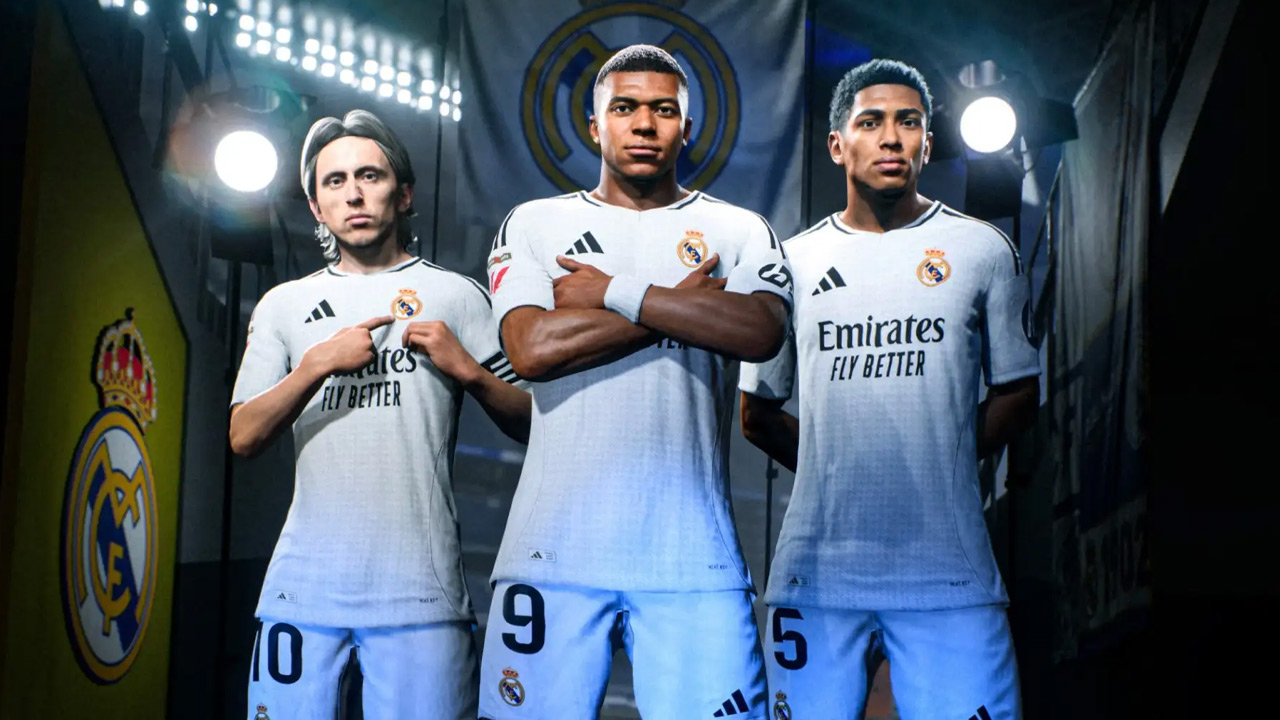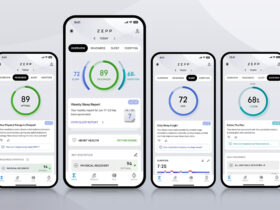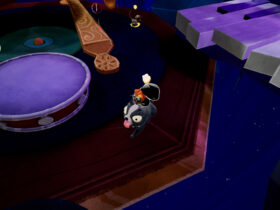After a long process of refinement, EA Sports FC 25 appears ready to take the series to the next level. This year, Electronic Arts didn’t just play it safe; instead, they rolled up their sleeves to create an even richer and more diverse gaming ecosystem, both in terms of content and gameplay and audiovisual elements. Let’s be straightforward: EA Sports FC 25 feels like a strong continuation of its predecessor while also representing a significant step forward, a fresh starting point in many aspects. Long-time fans and seasoned players will find themselves with a familiar game, but be warned: the gameplay innovations, especially in the beginning, can make a noticeable difference. Even in the game modes, including the more prominent ones, the team has introduced small revolutions that will impact the experience, for better or worse. So, sit back and relax: the new football season of EA Sports FC 25, which we will now refer to simply as FC 25, is about to begin, and more than ever, we need to discuss a lot of things.

Rush: a fun mode, but not always
To begin this review, we want to address the elephant in the room right away: the Rush mode. From the very first days of its relentless marketing campaign, Electronic Arts has been clear that the Rush mode is intended to play a key role in FC 25. Because of this, and because we quickly noticed how much Rush has been emphasized in the game, we eagerly jumped into the small green rectangle, experiencing ups and downs. Let it be clear: Rush is an incredibly fun mode. During our first hours with FC 25, we genuinely enjoyed it, but there is a risk that over time, the mode may become repetitive and less stimulating. Electronic Arts has introduced, at least in Ultimate Team, some interesting team creation variants that help keep matches diverse and fun, but the issue is exactly that: Rush works, but only in certain situations.
First and foremost, it’s evident that with a “random” team, relying on classic matchmaking, the gaming experience loses a lot of its appeal, and it can’t be otherwise. It’s clear that with an organized team, the whole experience becomes much more engaging and rewarding, especially because, as mentioned earlier, the gameplay experience is richer and more complex than it seems. Rush is thus a mode with two faces, yet overall, it remains an interesting addition, perhaps only for Ultimate Team. The way it has been integrated into Career mode, for example, left us less impressed. This doesn’t diminish the fun of the mode itself, but it’s clear that EA has decided to experiment quite a bit, yielding results that aren’t always optimal.
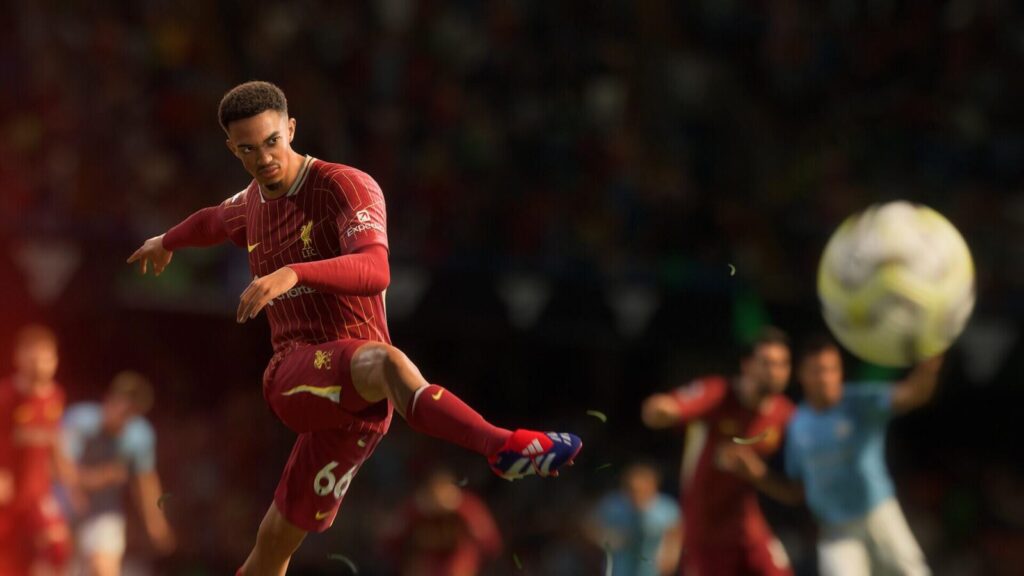
FC IQ: a significantly improved gameplay
The aspect that has impressed us most about this FC 25, at least so far, is the clear change of direction in terms of gameplay. We noticed this after our first interactions with the game over the summer: this year, Electronic Arts has clearly taken a big step forward in terms of on-field experience, and we must admit that the final result is quite interesting. The most impactful “practical” innovations definitely concern physics. Thanks to the evolution of the Hypermotion V engine, EA Sports FC 25 presents a significant shake-up in this regard, with a thorough overhaul of both the ball physics and the players themselves. As we mentioned after testing the alpha version of the game in the summer, this year the ball feels significantly heavier, and you notice this right away, both in the challenges of managing its movement, which feels much more credible, and in how it impacts factors like shooting, blocking, and rebounds. The physics of the ball contributes to a much more believable gameplay experience, especially when building up plays, and this is even more evident when setting the gameplay experience to “simulation.” This year, FC 25 offers players diverse and highly customizable ways to shape the gaming experience to their liking, and we must admit that this experiment seems generally successful. The player physiques are also markedly more differentiated, which is very noticeable. For example, going shoulder to shoulder with Kerphen Thuram versus Lobotka feels decidedly different, and these improvements, while meticulously refined and introduced gradually, make the game increasingly engaging.
To expand customization and player choice, FC 25 introduces new PlayStyles, finally including goalkeepers, who now have their own unique qualities that stand out in practice. However, the major structural innovation in terms of tactics and gameplay is called FC IQ. With FC 25, the old tactical and instruction system is replaced with a new way of interpreting virtual football that draws heavily from various Football Manager games. The new tactics are much more personal and are tied to player Roles, bringing a tangible and much-needed fresh breeze. Each player performs better when placed in their ideal role—not just in terms of position on the field, but also in how they interpret their role. Simply placing a player in the Forward position is no longer enough to define their role because, with EA Sports FC 25, every on-field position is structured around multiple roles, which clearly enhances the tactical depth of the game and makes matches much more dynamic and interesting. While we honestly had many doubts about the actual significance and impact on the overall gameplay experience, we must now acknowledge that it all seems to work very well. In this whirlwind of doubts and scepticism, Electronic Arts has met and even exceeded expectations, significantly enhancing the overall gaming experience and laying the groundwork for a promising future. What has convinced us the least, however, is the AI behind IQ. The in-game suggestions and selection of various formations seemed less impactful on the player’s quality of life, but we believe developers may find the right balance in these aspects in the next chapter.

Ultimate Team: between confirmed features and many innovations
With FC 25 also come many new features for the most famous and played mode, namely Ultimate Team. With this edition, the development team sought to optimize and refine, in particular, the “human” management of their proverbial cash cow, though some decisions haven’t always met the needs of all types of players. Returning briefly to the actual novelties, as we mentioned earlier, the main innovation is the inclusion of Rush among the activities available in Ultimate Team. We’ve already explained how it was implemented and how it works, so we don’t want to go over that again, but it’s still worth noting that this mode can serve as a small escape from the repetitiveness and cut-throat competition present in other modes. This year, EA wanted to rebalance and drastically modify everything regarding the gameplay of Ultimate Team, but as we hinted earlier, not everything felt like it was conceived with great awareness. As passionate players, we expect the company to reconsider some choices that seemed overly drastic.
EA has completely revamped the online experience of UT. Now Division Rivals operate on a point system similar to real football: 3 points for a win, 1 point for a draw. The catch is that now, to unlock weekly rewards, you need a whopping 45 points, which means you can already see what this implies in terms of gameplay and energy expenditure. Even UT Champions has changed; now, the final matches are “only” 15, but above all, the Rewards system has changed to value every single victory with closely tiered divisions based on the points earned in each win, providing no points for losses. However, what really raised our eyebrows were the qualifications. This year you must win 3 out of 5 matches to access the final phase of the event, which could be very frustrating, especially considering the frequent disconnections that plague this mode. These choices felt a bit too controversial, particularly because they appear to be overly burdensome for more modest and casual players who may struggle to find easy ways to earn credits and various packs. Furthermore, Squad Battles have been deeply revised: very few matches and increasingly unappealing rewards further demonstrate that the development team wanted to take a step back from the excessive “generosity” of recent years. Unfortunately, all these changes make the Ultimate Team experience significantly less accessible for a large portion of players, and we’re not sure this is the right path to take. On a positive note, some quality of life improvements, such as managing duplicates and contracts, are interesting and welcome additions, but the crux of the matter remains the issues we’ve already tried to outline.
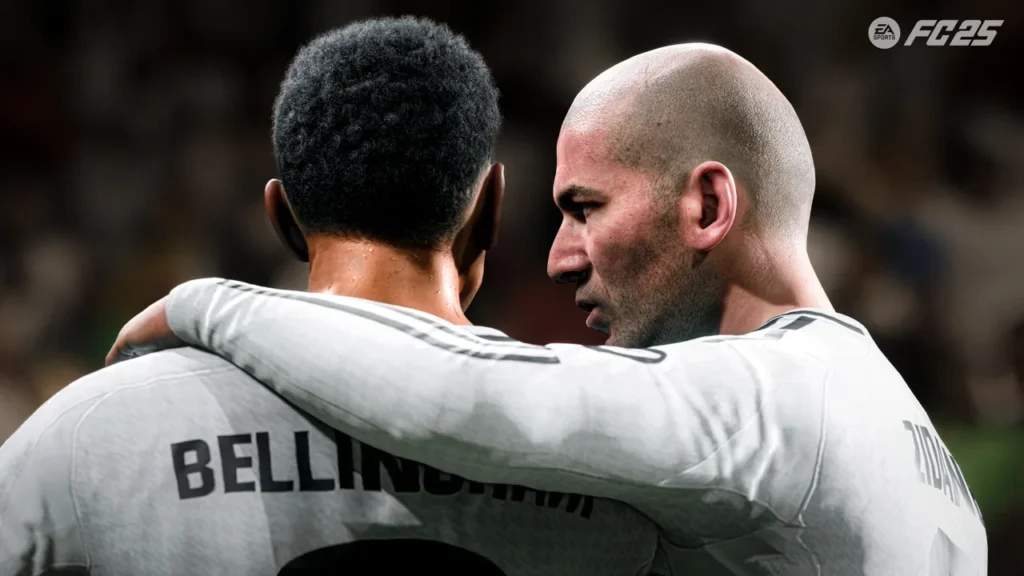
EA Sports FC 25: the “new” Career: convincing, but not entirely
Besides Ultimate Team, Career mode also remains a central experience in the gaming ecosystem of FC 25. The development team has tried to redesign the experience offered in both Career modes, but we want to warn you that the mission has only been partially successful. When discussing the quintessential offline mode, let’s start with the not-so-pleasant notes: Player Career. The big novelty of FC 25 is that players can now live the career as a past legend, which in theory should have generated immense hype among gamers. However, we must unfortunately acknowledge that this hype has largely been undermined by a gameplay mode that feels quite ordinary and not particularly revolutionary or genius. The Player Career with heroes remains virtually the same as the regular mode, which itself hasn’t benefited from particularly creative twists compared to the previous edition. The most significant updates involve greater customization possibilities, both external and structural, that can be afforded to the player, but at the end of the day, we feel somewhat stuck in a precise spot.
A different story applies to Manager Career. This beloved mode among single-player advocates has received a significant number of new features and adjustments, which, while not always impactful, demonstrate a good amount of potential. First and foremost, what truly impressed us is the work done on accessibility and customization. With EA Sports FC 25, the team has created the “freest” Career mode ever, designed to meet the needs of all types of players. The initial setup, after the classic choice of manager, immediately engages the player with a generous assortment of variables to select, ranging from market realism to youth development speed, aimed at allowing everyone to create their own Career without limitations and impositions. This aspect shouldn’t be underestimated, especially in a chapter that heavily emphasizes increased realism, both in internal dynamics and external ones. It’s also worth noting the introduction of new dialogue for interviews, which, while not shining with originality or impact, nonetheless provide a minor breath of fresh air.
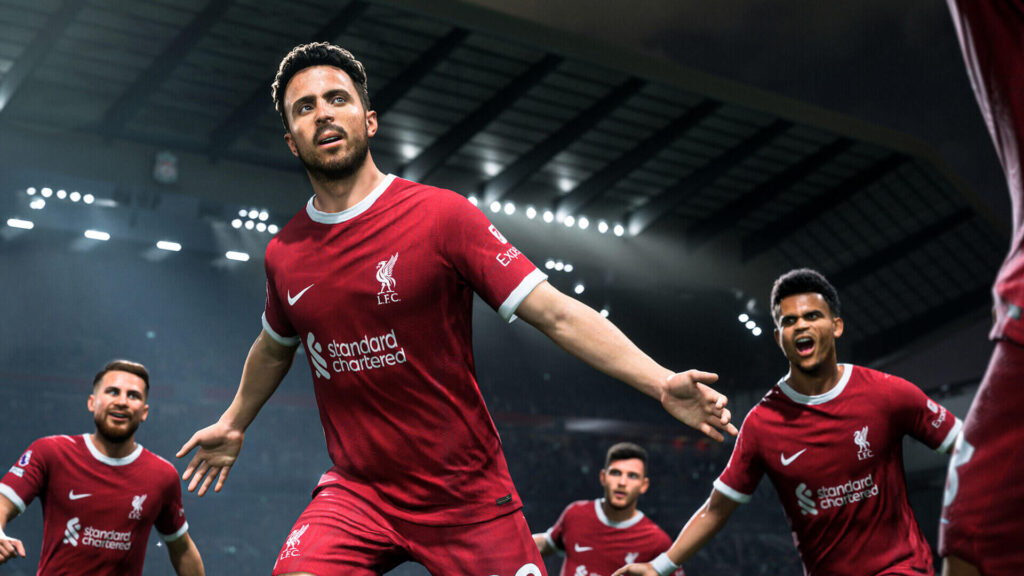
Market dynamics also seem a bit more aligned with their real-life counterparts, as does the behaviour of club management and the press. Overall, the work done is genuinely interesting, especially since it complements the revolution made with the tactics, which, as we’ve already explained, make the approach to matches much more personalized and authentically felt. All this translates into a Career mode that is decidedly longer-lasting and stimulating, particularly if you prefer to take on more challenging scenarios with less prestigious football clubs and different financial resources. What has, however, convinced us much less is everything concerning youth development and, consequently, the implementation of Rush in Career mode. The major novelty regarding more “manual” youth development turned out to be, in practice, a rather uninspiring experience, characterized by dull matches, poor refereeing, and a gameplay system that doesn’t effectively convey or showcase players’ talents or aptitudes for development.
This aspect disappointed us quite a bit, as we mentioned earlier that Rush has substantial potential, and with a few adjustments, it could have provided a valuable addition to the Career mode. Nevertheless, the growth of the youth players has indeed become richer and more varied. Virtual managers will now have more options for developing and nurturing youth players, especially in terms of scouting. With FC 25, it is now possible to send scouts literally anywhere in the world, and thanks to a kind of archetype instructions, you can pretty much choose the type of youth you want to target right from the start. As you may have gathered, the “new” Career mode still needs some time to be truly complete, but the path taken is the right one. We hope that next year the issues outlined can be resolved, especially the mishap with integrating Rush into the youth programs, but we’re confident that EA will address these mistakes without too much difficulty.
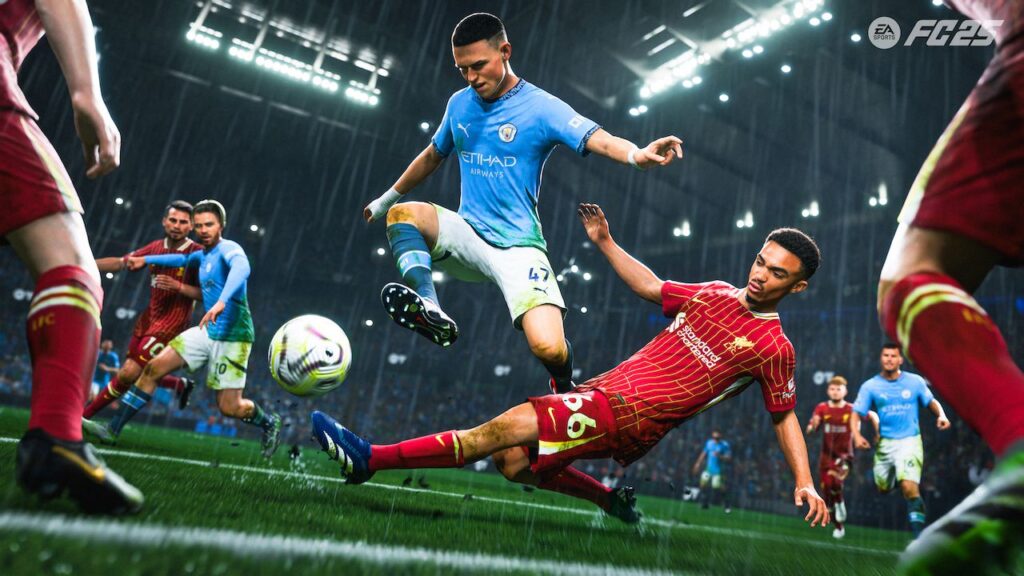
The magic of football on PS5!
On a purely technical level, FC 25 marks, without any significant revolutions, a noticeable improvement across the series. There are no major new features, and the graphics engine remains the tried-and-true Hypermotion V, which has been refined and enhanced in this edition, with many scattered improvements that significantly enhance the visual appeal compared to last year’s instalment. The most evident improvements relate to the vast number of new animations introduced. In addition to providing obvious boosts in gameplay, the new animations also highlight the advancements in technology from an aesthetic standpoint, offering a much more harmonious and evolved visual experience. A lot of the work has also been done on the scanning of players, which has seen significant improvements. This year, many more players, even those less prominent, have received a much more thorough treatment and have been rendered in-game with impressive accuracy. One evident advancement was the significant distinction made with body types. With FC 25, the differences between players’ physiques are much more pronounced and it feels far more realistic to see how different they are in terms of weight, height, and overall build.
Electronic Arts has also pushed hard on the fabric aspect, a feature considered marginal but which, in the end, makes everything more pleasant. Now players’ uniforms have much more believable movement, as do their hair, facial hair, and all those technical details that once again enhance the level of realism. In terms of performance, we can only say we are somewhat satisfied. The game runs overall well on PS5, but during this phase, we encountered a few too many bugs that made some sessions a bit cumbersome. To be clear, we think these issues are fixable with a patch, but it’s necessary to mention some evident problems, including multiple bugs in the menus and crashes that have been too frequent. A red card, or even more, goes to the commentary. Pardo and Adani seem to have given everything; as we mentioned last year, we think it might be time for a significant change in this regard. Oh, and we want to briefly revisit the menus. We didn’t like them, especially for Career mode. We found them heavy, laggy, and not very intuitive to navigate, and yes, we hope some patches can rectify this soon.
EA Sports FC 25 is indeed, as we had already sensed, the best instalment in recent years. The advances made in terms of gameplay are clear, and the content offering remains impressive, despite the ups and downs regarding the impact of some features. What stands out is certainly the work done on factors like ball physics and overall animations, as well as the increasingly rich and customizable new Career mode. We didn’t appreciate the overhaul of online modes in FUT, but we believe changes may come in the future, perhaps with some adjustments along the way. Still, it represents a first step forward towards a potentially very promising future, and we hope that the path taken can be pursued smoothly and without sudden reversals.


